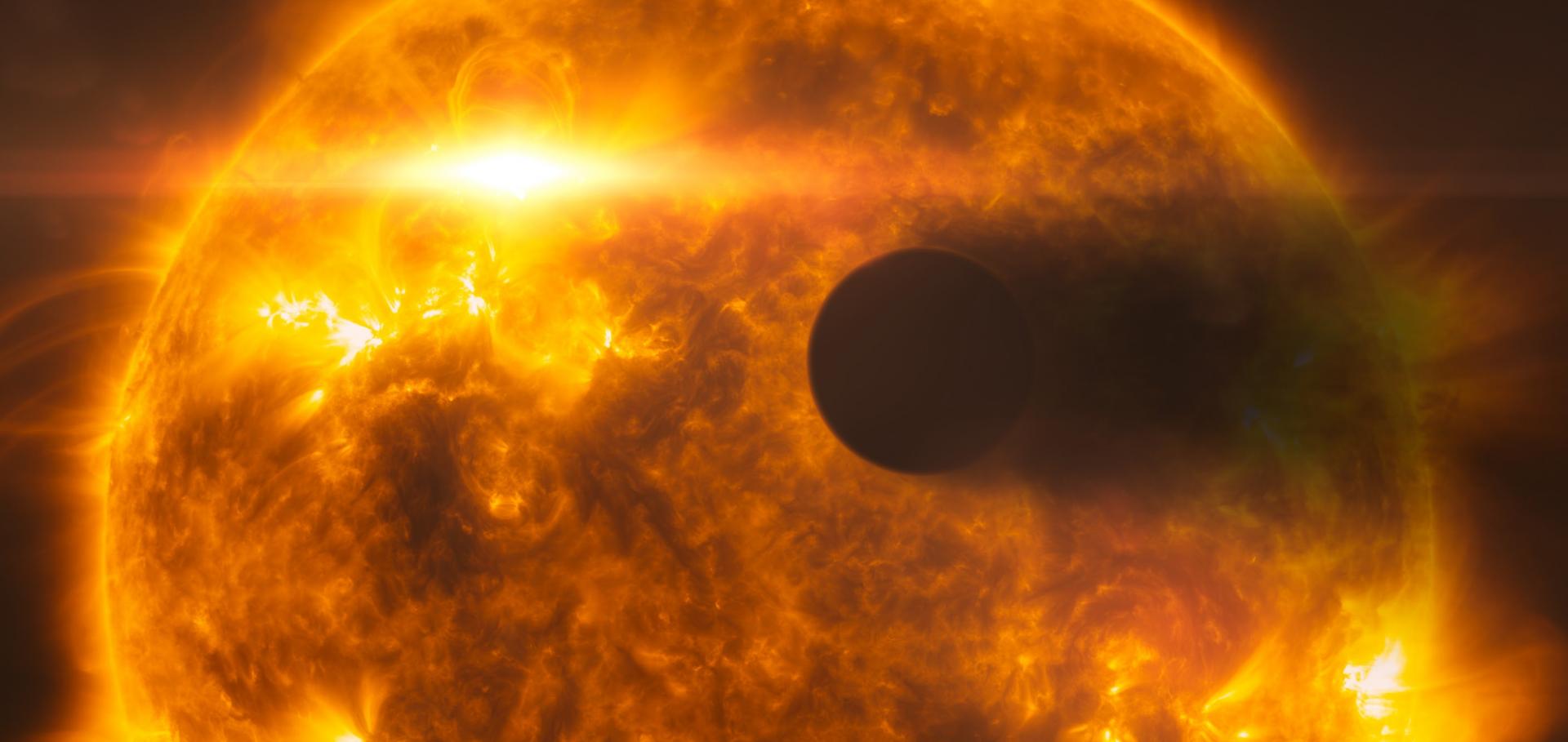Accretion dynamics and disk evolution in NGC 2264: a study based on the Corot photometric observations
(2010)
Photospheric activity, rotation, and radial velocity variations of the planet-hosting star CoRoT-7
(2010)
The SARS algorithm: Detrending CoRoT light curves with Sysrem using simultaneous external parameters
Monthly Notices of the Royal Astronomical Society: Letters 404:1 (2010)
Abstract:
Surveys for exoplanetary transits are usually limited not by photon noise but rather by the amount of red noise in their data. In particular, although the CoRoT space-based survey data are being carefully scrutinized, significant new sources of systematic noises are still being discovered. Recently, a magnitude-dependant systematic effect was discovered in the CoRoT data by Mazeh et al. and a phenomenological correction was proposed. Here we tie the observed effect to a particular type of effect, and in the process generalize the popular Sysrem algorithm to include external parameters in a simultaneous solution with the unknown effects. We show that a post-processing scheme based on this algorithm performs well and indeed allows for the detection of new transit-like signals that were not previously detected. © 2010 The Authors. Journal compilation © 2010 RAS.Ground-based detection of thermal emission from the exoplanet WASP-19b
\mnras 404 (2010) L114-L118-L114-L118


